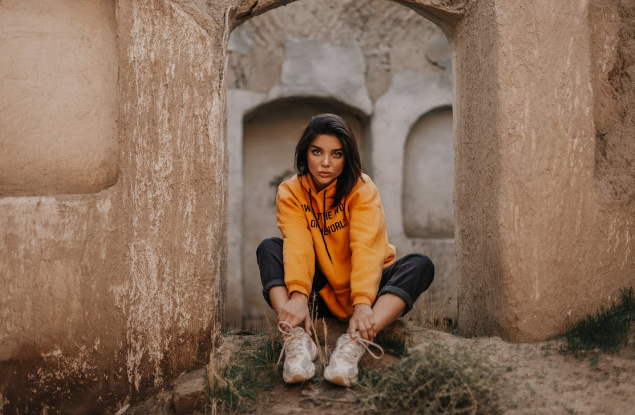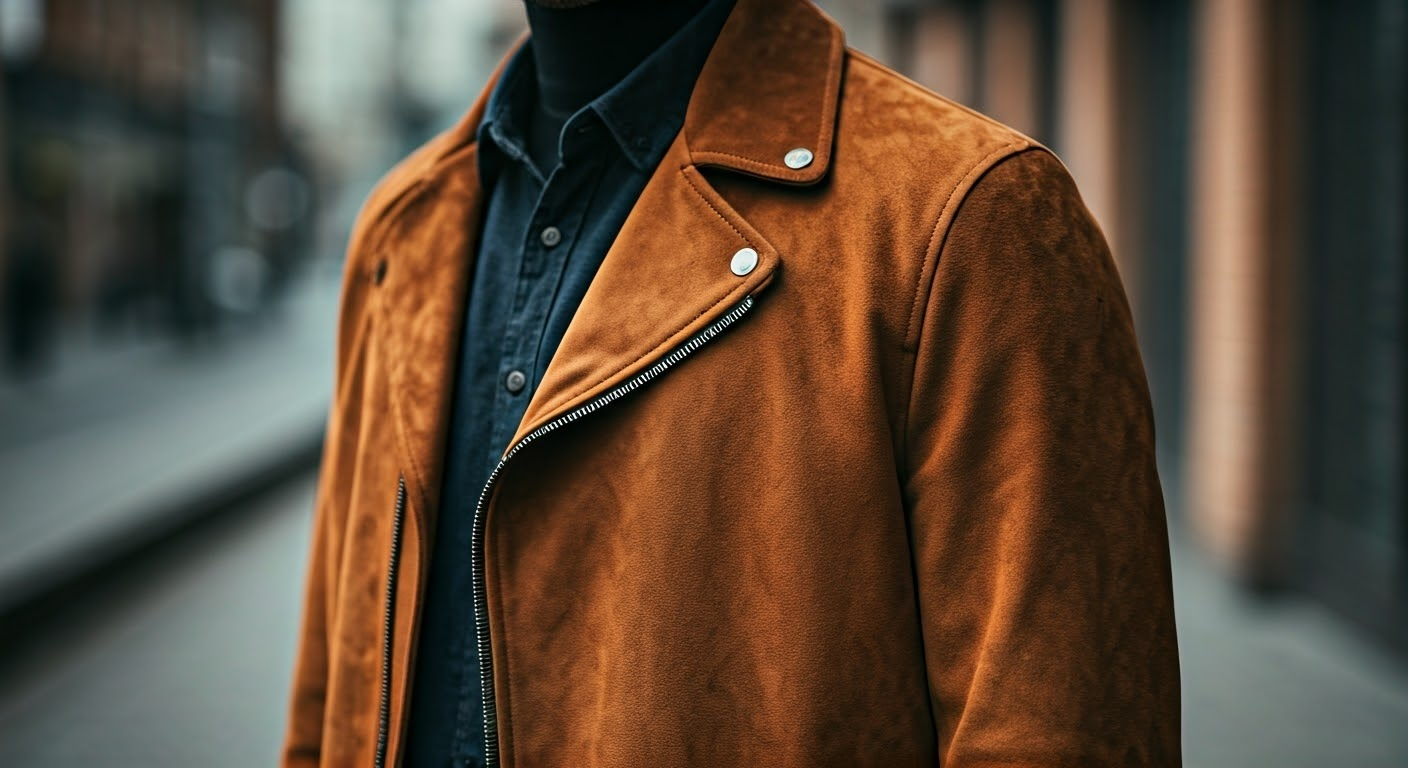The fusion of art and streetwear fashion has redefined contemporary culture, leading to a vibrant exchange of ideas, aesthetics, and values. As streetwear continues to evolve from its underground roots into a dominant force in global fashion, it increasingly draws inspiration from various artistic movements, creating a dynamic dialogue between visual art and clothing design. This intersection not only enriches the aesthetic of streetwear but also transforms it into a platform for artistic expression and cultural commentary. Let’s explore how art and streetwear intersect, the impact of this relationship, and what it means for the future of both fields.
- Historical Context:
To understand the connection between art and streetwear, it’s essential to look at the historical context. Streetwear emerged in the late 1970s and early 1980s as a product of urban culture, primarily influenced by the skateboarding and hip-hop scenes. Artists and designers began to recognize the power of clothing as a form of self-expression and social commentary. Iconic brands like Supreme and Stüssy started as small labels that embodied the spirit of their respective subcultures, often collaborating with artists to create unique designs that resonated with their communities.
As streetwear gained popularity in the 1990s and early 2000s, it began to attract attention from mainstream fashion and the art world. The collaboration between streetwear brands and visual artists became a way to celebrate the creativity of urban culture while also elevating the aesthetic of streetwear itself. This melding of fashion and art laid the groundwork for the contemporary landscape we see today.
- Art as Inspiration:
One of the most significant ways that art influences streetwear is through inspiration. Many streetwear designers draw from various artistic movements, including pop art, graffiti, and contemporary art, to create visually striking collections. Artists like Andy Warhol, Jean-Michel Basquiat, and Keith Haring have left a lasting mark on streetwear aesthetics, with their iconic imagery and styles often reinterpreted in clothing designs. Corteiz also adds art to their hoodies and other items.
For instance, the use of bold colors, graphic patterns, and playful motifs in streetwear can be traced back to the influences of pop art and street art. Brands like Off-White and A Bathing Ape often incorporate artistic elements into their designs, making references to art history and urban culture. This blending of influences allows streetwear to continuously evolve while maintaining a strong connection to its artistic roots.
- Collaborations Between Artists and Brands:
Collaborations between artists and streetwear brands have become a defining feature of the industry. These partnerships not only produce unique clothing but also amplify the visibility of both parties involved. By collaborating with renowned artists, streetwear brands can create limited-edition collections that celebrate creativity and innovation.
One notable example is the collaboration between Supreme and artist Damien Hirst, which produced a line of clothing featuring Hirst’s iconic spot paintings. This partnership not only showcased Hirst’s work to a broader audience but also highlighted the intersection of high art and street culture. Similarly, brands like Travis Scott’s Cactus Jack and Nike have collaborated with various visual artists, integrating artistic expression into their designs and marketing campaigns.
These collaborations often generate immense hype, with limited releases becoming coveted items among collectors and fashion enthusiasts. This phenomenon demonstrates the power of art in the streetwear industry, as it drives demand and creates a sense of exclusivity that resonates with consumers.
- Art as a Platform for Social Commentary:
Both streetwear and art have long served as vehicles for social commentary, addressing issues such as race, identity, and consumerism. Streetwear brands frequently use their platforms to raise awareness about social and political issues, creating designs that reflect current events and cultural movements.
For example, brands like Fear of God and Pyer Moss have incorporated themes of social justice into their collections, using fashion as a means to spark conversation and promote change. This trend echoes the ethos of artists who use their work to comment on societal issues, making the intersection of art and streetwear a powerful tool for advocacy.
Moreover, the visibility of streetwear in art galleries and museums further blurs the lines between the two fields. Exhibitions that showcase the relationship between fashion and art highlight the cultural significance of streetwear as an art form. This recognition elevates streetwear beyond mere clothing, allowing it to be appreciated as a legitimate medium for artistic expression.
- The Role of Digital Art and Technology:
The rise of digital art and technology has also played a significant role in the relationship between art and streetwear. With the advent of social media and online platforms, artists can now reach global audiences and engage with consumers in innovative ways. This digital landscape has opened up new possibilities for collaboration, allowing streetwear brands to tap into the talents of digital artists and illustrators. Corteiz Hoodies are also engraved with digital art.
Many streetwear brands now incorporate digital art into their designs, using graphics and animations that reflect contemporary aesthetics. For instance, the integration of augmented reality (AR) technology allows consumers to experience clothing in new ways, blending art, fashion, and technology seamlessly. This intersection has the potential to redefine how we perceive and interact with streetwear, creating immersive experiences that go beyond traditional shopping.
- The Future of Art and Streetwear:
As streetwear continues to grow and evolve, the intersection of art and fashion is likely to deepen. With the increasing recognition of streetwear as a legitimate form of artistic expression, we can expect to see more collaborations between brands and artists, pushing the boundaries of creativity and innovation.
Furthermore, as societal issues become more prominent in the fashion industry, the role of streetwear as a platform for social commentary will likely expand. Designers will continue to use their collections to address pressing issues, reflecting the values and concerns of a new generation of consumers who demand more from the brands they support.
The influence of technology will also shape the future of art and streetwear. As digital art becomes more prevalent, brands will find new ways to integrate it into their designs and marketing strategies.




